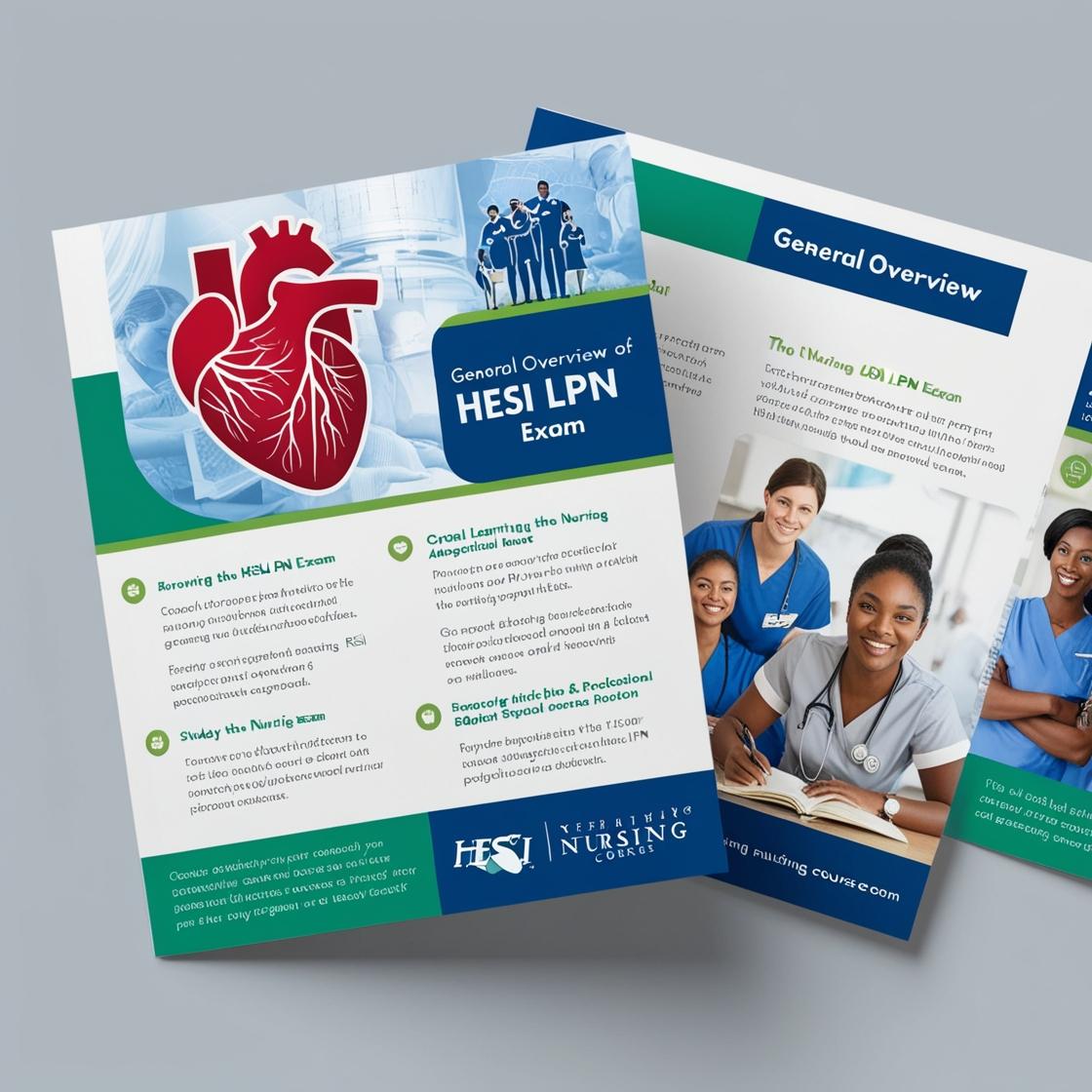HESI LPN
Pediatric HESI Practice Questions
1. .The parents of a 6-week-old infant who was born without an immune system ask a nurse why their baby is still so healthy. How should the nurse reply?
- A. Exposure to pathogens during this time can be limited.
- B. Some antibodies are produced by the infant’s colonic bacteria.
- C. Antibodies are passively received from the mother through the placenta and breast milk.
- D. Fewer antibodies are produced by the fetal thymus during the eighth and ninth months of gestation.
Correct answer: C
Rationale: Infants receive passive immunity through antibodies from the mother during pregnancy and breastfeeding, which protect them initially.
2. In an adolescent suspected of having type 1 diabetes mellitus, which clinical manifestation may be present?
- A. moist skin
- B. weight gain
- C. fluid overload
- D. poor wound healing
Correct answer: D
Rationale: Poor wound healing is a common clinical manifestation of type 1 diabetes mellitus. Elevated blood glucose levels in diabetes can lead to impaired wound healing by affecting various cellular processes involved in the healing cascade. Moist skin (Choice A) is not typically associated with type 1 diabetes mellitus. Weight gain (Choice B) is more commonly seen in type 2 diabetes due to insulin resistance. Fluid overload (Choice C) is not a typical clinical manifestation of type 1 diabetes mellitus. Therefore, the correct answer is poor wound healing.
3. What should the nurse suggest to a parent asking for help with a child experiencing night terrors?
- A. Encourage the child to talk about the night terrors.
- B. Establish a bedtime routine.
- C. Allow the child to sleep with the parents.
- D. Wake the child during the night.
Correct answer: B
Rationale: Establishing a bedtime routine is the most appropriate suggestion for a parent seeking help with a child experiencing night terrors. Bedtime routines can create a sense of security and predictability for the child, potentially reducing the frequency of night terrors. Encouraging the child to talk about the night terrors (Choice A) may not be effective during the episode as the child is usually not fully awake. Allowing the child to sleep with the parents (Choice C) may inadvertently reinforce the behavior and hinder the child’s ability to learn to self-soothe. Waking the child during the night (Choice D) may disrupt the sleep cycle and exacerbate the night terrors.
4. At 0345, you receive a call for a woman in labor. Upon arriving at the scene, you are greeted by a very anxious man who tells you that his wife is having her baby 'now.' This man escorts you into the living room where a 25-year-old woman is lying on the couch in obvious pain. Which of the following statements regarding crowning is true?
- A. Crowning represents the end of the second stage of labor.
- B. Crowning always occurs immediately after the amniotic sac has ruptured.
- C. It is safe to transport the patient during crowning if the hospital is close.
- D. Gentle pressure should be applied to the baby's head during crowning.
Correct answer: D
Rationale: During crowning, it is essential to apply gentle pressure to the baby's head to prevent rapid delivery, which can lead to potential injuries to both the mother and the baby. Choice A is incorrect because crowning signifies the beginning, not the end, of the second stage of labor. Choice B is incorrect as crowning can occur before or after the amniotic sac ruptures. Choice C is incorrect as transporting the patient during crowning, even if the hospital is close, can be unsafe due to the risk of rapid delivery and complications.
5. What finding would lead the nurse to suspect that a child has Turner syndrome?
- A. Webbed neck
- B. Microcephaly
- C. Gynecomastia
- D. Cognitive delay
Correct answer: A
Rationale: A webbed neck is a key feature seen in Turner syndrome, a genetic condition that occurs in females due to a complete or partial absence of one of the X chromosomes. This physical trait is caused by excess skin on the neck, giving it a webbed appearance. Microcephaly (Choice B) is a condition characterized by a smaller than average head size and is not typically associated with Turner syndrome. Gynecomastia (Choice C) refers to breast enlargement in males and is not a common finding in Turner syndrome, which affects females. Cognitive delay (Choice D) is not a specific characteristic of Turner syndrome, as the syndrome primarily affects physical development and may not necessarily impact cognitive abilities.
Similar Questions

Access More Features
HESI LPN Basic
$69.99/ 30 days
- 50,000 Questions with answers
- All HESI courses Coverage
- 30 days access @ $69.99
HESI LPN Premium
$149.99/ 90 days
- 50,000 Questions with answers
- All HESI courses Coverage
- 30 days access @ $149.99
